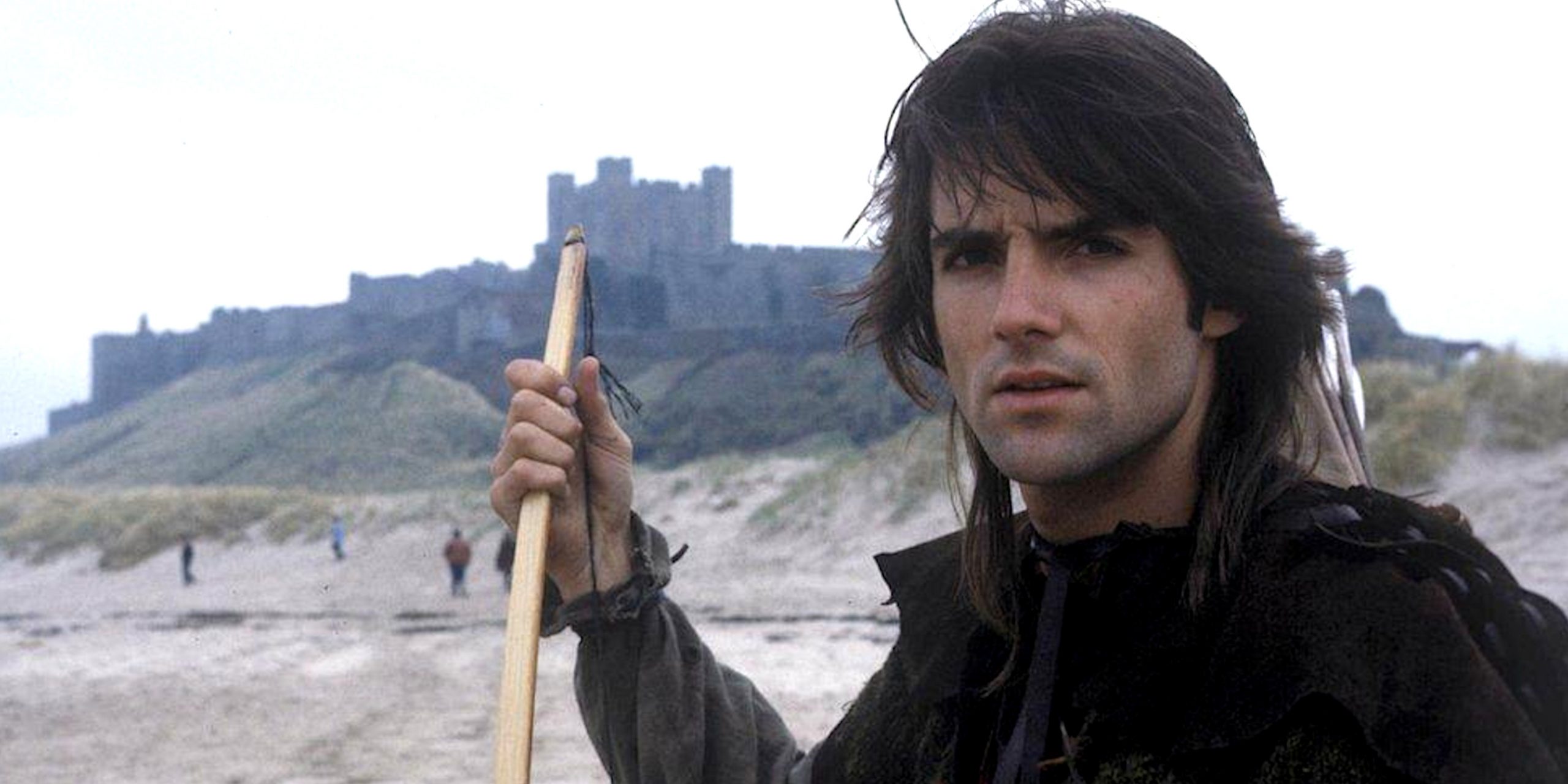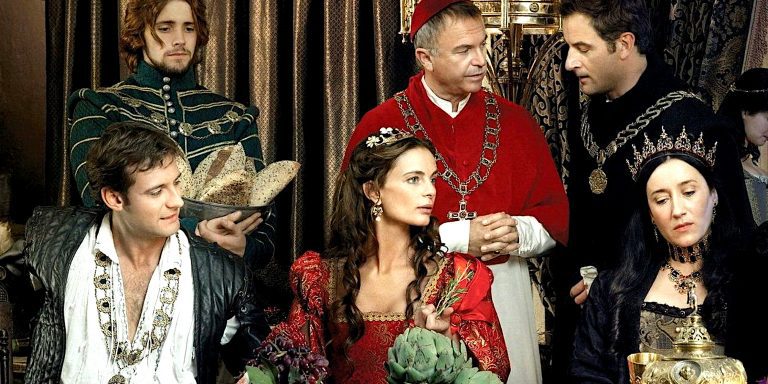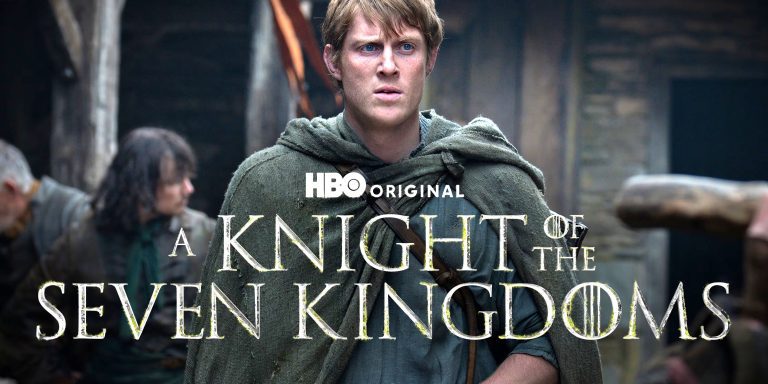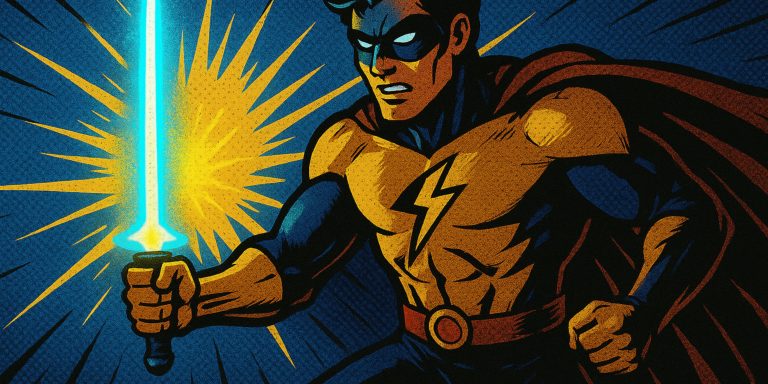
Robin of Sherwood, the 1980s television series created by Richard Carpenter, reshaped the popular image of the Robin Hood legend in ways that still linger across film, television, literature and even historical perception. While earlier adaptations tended to emphasise light-hearted heroism or nationalist pageantry, Robin of Sherwood offered something darker, richer, and closer to folklore than fantasy.
The Mythic Turn: Magic and Mysticism

One of the show’s most defining innovations was its embrace of the supernatural. The series presented Herne the Hunter, a shamanic forest spirit, as a guiding force for Robin. This mystic overlay drew directly from pre-Christian British folklore, setting it apart from the straightforward Christian morality of earlier versions. Robin himself was no longer just an outlaw fighting corruption, but a chosen figure in an ancient, cyclical struggle tied to the land.
This reimagining gave the Robin Hood legend a mythic frame, suggesting deeper symbolic resonance. It influenced later adaptations such as Robin Hood: Prince of Thieves, BBC’s Robin Hood, and even Ridley Scott’s Robin Hood, which leaned into themes of destiny, identity and resistance. The character of Herne has since become a fixture in folk-horror and British fantasy media.
A More Grounded Sherwood
While Robin of Sherwood introduced mysticism, it also grounded its world in a bleak and gritty realism. The forest wasn’t just a backdrop for adventure, but a liminal space beyond the reach of Norman control. The Merry Men were not caricatures but fully developed outlaws shaped by hardship, trauma and loyalty.
The brutality of the occupying Norman regime, especially through the Sheriff of Nottingham and Guy of Gisburne, was presented in sharp, unflinching terms. This established a template for later shows and films to engage with more historically grounded political conflict. Rather than a camp spectacle or romantic caper, Robin of Sherwood offered rebellion as a consequence of social collapse and foreign rule.
Splitting the Legend: Two Robins

A key creative decision that still sparks debate was the introduction of two separate Robins: Robin of Loxley (Michael Praed) and Robert of Huntingdon (Jason Connery). Rather than recasting due to necessity, the show leaned into the change narratively, treating Robin as a title or role passed on through generations. This added a layer of mythic continuity to the story and suggested that the spirit of rebellion survives even as men fall.
This idea has echoed through modern treatments of the legend. The notion that Robin Hood is less a person and more a symbol of resistance has since been explored in Batman narratives, modern protest culture, and historical revisionist retellings.
Musical Identity: Clannad’s Soundtrack
The haunting, Celtic-infused soundtrack by Clannad was another key element in establishing the series’ tone. It added emotional depth and spiritual atmosphere, linking the imagery of Sherwood to something ancient and otherworldly. Few adaptations since have matched this level of musical coherence. Clannad’s score arguably laid the groundwork for how fantasy TV and film would use folk instrumentation to enhance mood and place.
Representation and Cultural Shifts

Robin of Sherwood also quietly broke ground in its character choices. Nasir, a former Saracen assassin turned ally, was one of the first portrayals of a Muslim character in a positive role within the Robin Hood mythos. This predated Morgan Freeman’s Azeem by several years and helped diversify a legend often told through a narrow Anglo-centric lens.
It also gave more narrative space to Marian, portraying her as a capable, independent figure deeply connected to the land and the struggle. While not radical by today’s standards, these changes signalled a move toward inclusivity and emotional complexity.
Enduring Legacy
Robin of Sherwood didn’t just reinterpret the legend. It set a benchmark. Its influence can be seen in series like Merlin, The Witcher, and The Last Kingdom through the fusion of history and myth, flawed heroes, and a mood that balances melancholy with defiance.
Despite ending prematurely, it left a permanent mark on the cultural memory of Robin Hood. The series shifted the focus from clean-cut adventure to folkloric resistance, from static morality to mythic ambiguity. What began as a television experiment became one of the most quietly influential interpretations of the legend, reframing Robin Hood not simply as a man in green, but as a figure shaped by time, belief and struggle.



